This article examines Microsoft and Atom Computing in driving quantum computing to logical practicality, focusing on applications.


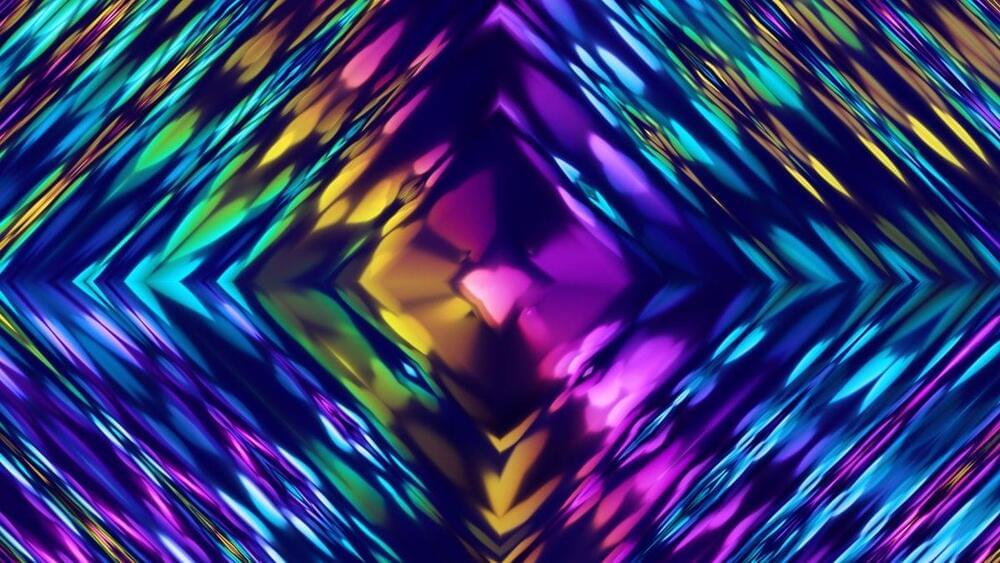
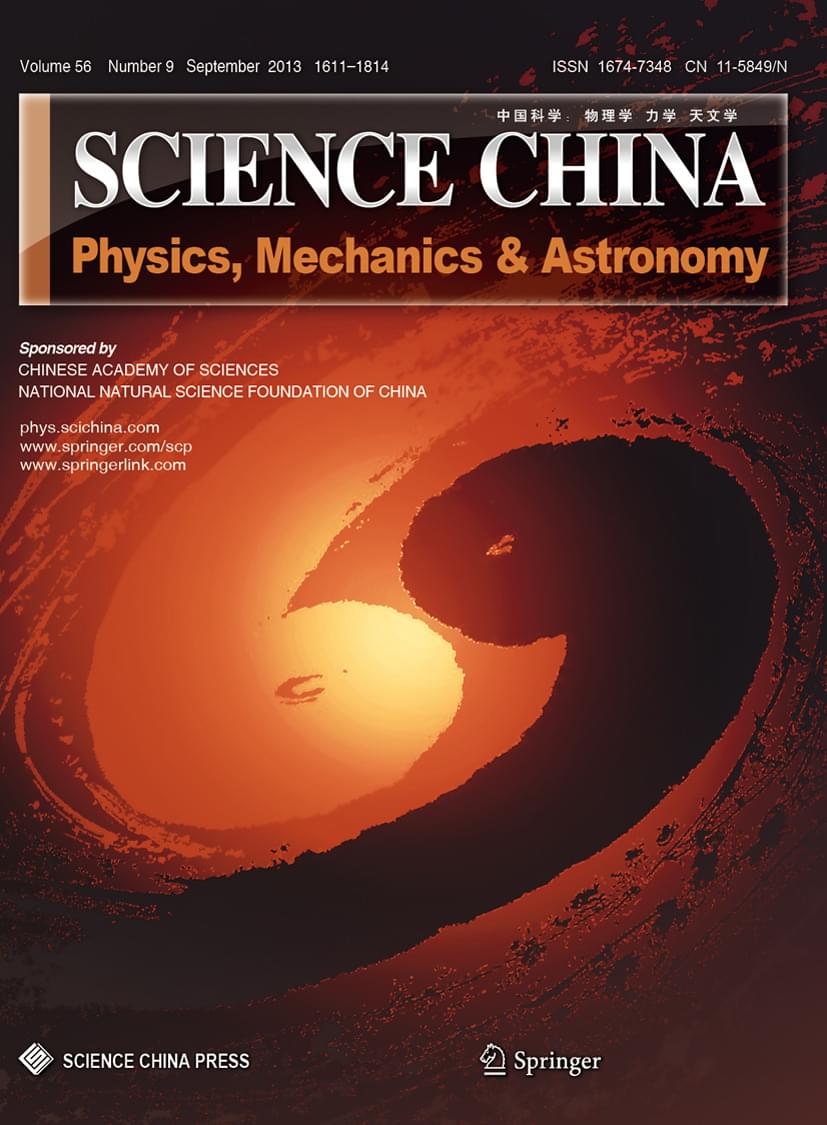
Year 2021 face_with_colon_three
The quasi-local notion of an isolated horizon is employed to study the entropy of black holes without any particular symmetry in loop quantum gravity. The idea of characterizing the shape of a horizon by a sequence of local areas is successfully applied in the scheme to calculate the entropy by the S O(1, 1) BF boundary theory matching loop quantum gravity in the bulk. The generating function for calculating the microscopical degrees of freedom of a given isolated horizon is obtained. Numerical computations of small black holes indicate a new entropy formula containing the quantum correction related to the partition of the horizon. Further evidence shows that, for a given horizon area, the entropy decreases as a black hole deviates from the spherically symmetric one, and the entropy formula is also well suitable for big black holes.
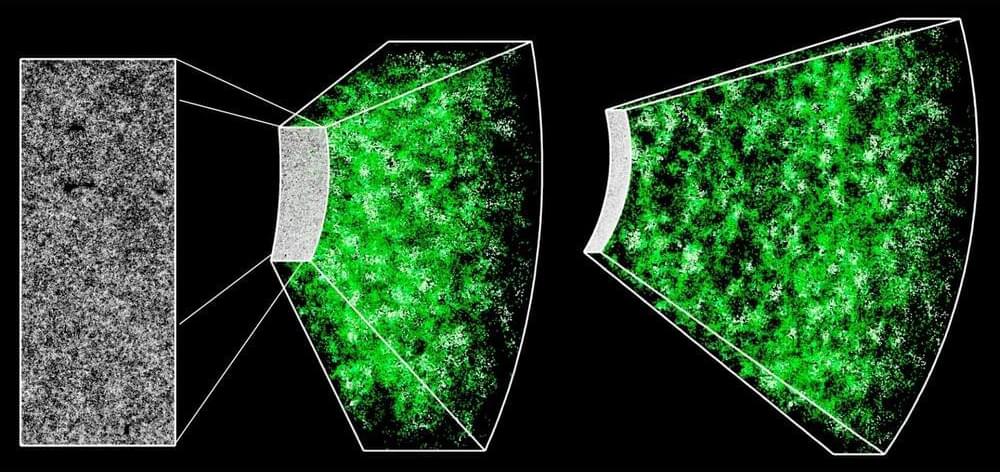
A new study in published in Physical Review Letters analyzes the most complete set of galaxy clustering data to test the ΛCDM model, revealing discrepancies in the formation of cosmic structures in the universe, hinting at a new physics.
The ΛCDM model is the standard model of cosmology describing the universe’s evolution, expansion, and structure. It encompasses cold dark matter (CDM), normal matter and radiation, and the cosmological constant (Λ), which accounts for dark energy.
The model has been successful in explaining several cosmological observations, including the large-scale structure of the universe, the accelerating expansion of the universe, and the cosmic microwave background (CMB) radiation, which is the afterglow of the Big Bang.
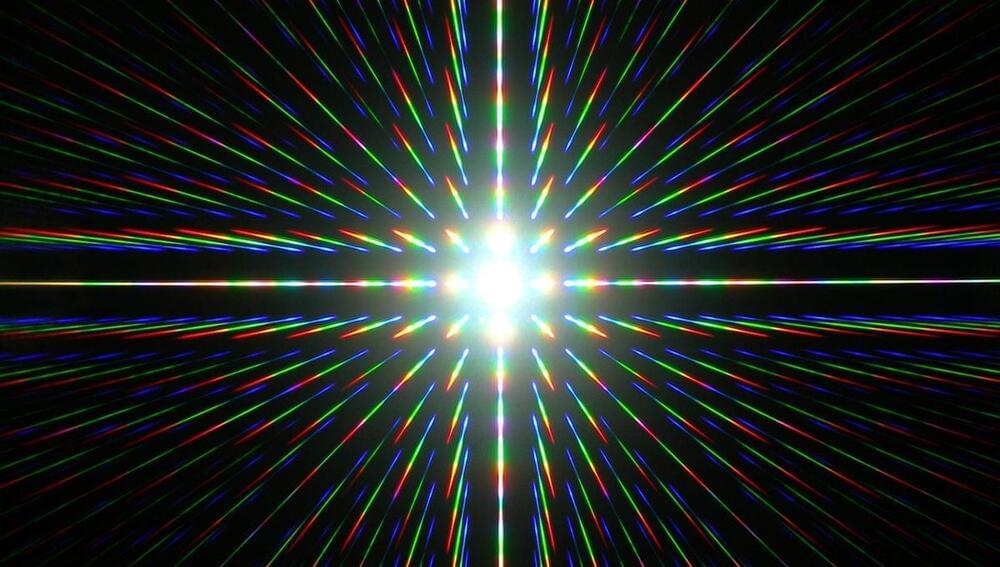
The wave-particle duality was demonstrated not only with electrons, but when it came to atoms and even molecules, things got complicated. Electrons are 1,800 times lighter than the lightest atom (something discovered by Thomson’s father J.J. Thomson) so they can more easily diffract through the lattice of a crystal.
Atom diffraction had so far been seen in reflection. The atoms were bounced off a surface that was etched to have a grating. The lines don’t need to be as thin as 10,000 times smaller than a hair, like the most important machine you’ve never heard of makes them. Grids with much larger lines, which could have been made in the 1930s, were enough to showcase this phenomenon. However, researchers haven’t been able to show the diffraction of atoms through a crystal until now.
In a yet-to-be-peer-reviewed paper, Carina Kanitz and colleagues from the Institute of Quantum Technologies and the University of Vienna demonstrated diffractions of hydrogen and helium atoms using a one-atom-thick sheet of graphene. The atoms are shot perpendicularly at the graphene sheet at high energy. This should damage the crystal but it doesn’t, and it’s the secret of this successful experiment.
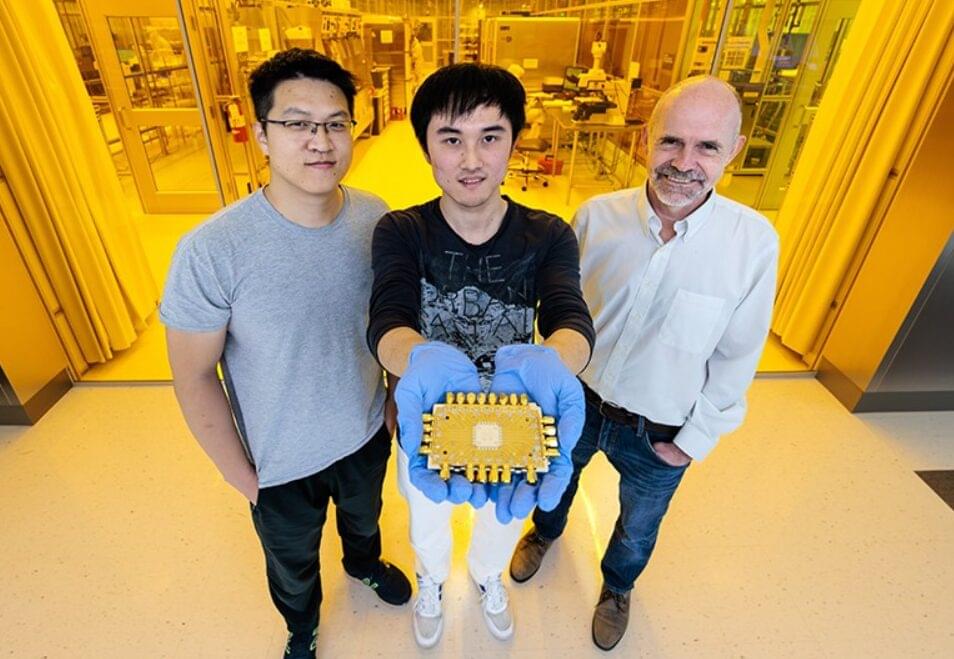
New research demonstrates a brand-new architecture for scaling up superconducting quantum devices. Researchers at the UChicago Pritzker School of Molecular Engineering (UChicago PME) have realized a new design for a superconducting quantum processor, aiming at a potential architecture for the large-scale, durable devices the quantum revolution demands.
Unlike the typical quantum chip design that lays the information-processing qubits onto a 2-D grid, the team from the Cleland Lab has designed a modular quantum processor comprising a reconfigurable router as a central hub. This enables any two qubits to connect and entangle, where in the older system, qubits can only talk to the qubits physically nearest to them.
“A quantum computer won’t necessarily compete with a classical computer in things like memory size or CPU size,” said UChicago PME Prof. Andrew Cleland. “Instead, they take advantage of a fundamentally different scaling: Doubling a classical computer’s computational power requires twice as big a CPU, or twice the clock speed. Doubling a quantum computer only requires one additional qubit.”
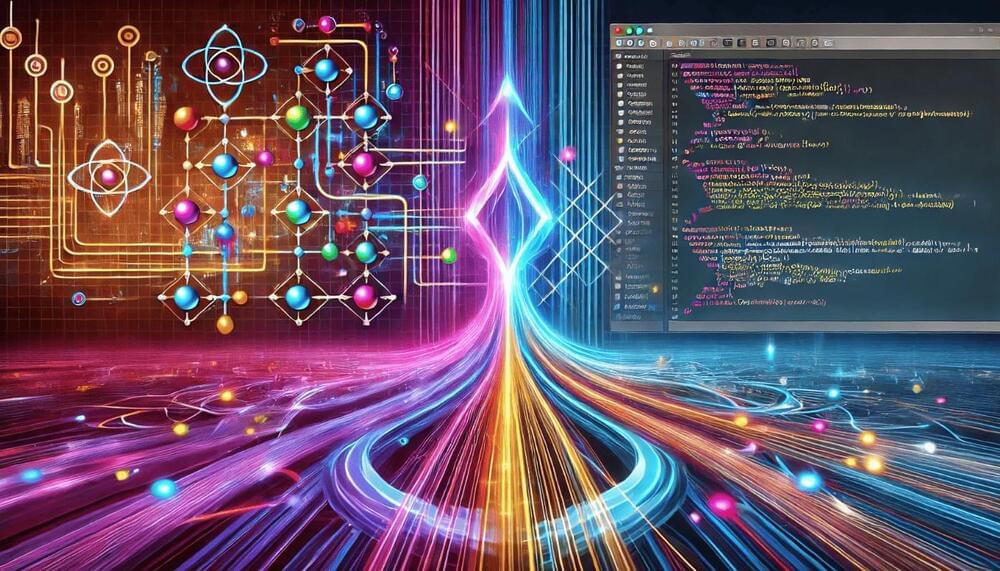
MicroAlgo Inc. has announced the development of a quantum algorithm it claims significantly enhances the efficiency and accuracy of quantum computing operations. According to a company press release, this advance focuses on implementing a FULL adder operation — an essential arithmetic unit — using CPU registers in quantum gate computers.
The company says this achievement could open new pathways for the design and practical application of quantum gate computing systems. However, it’s important to point out that the company did not cite supporting research papers or third-party validations in the announcement.
Quantum gate computers operate by applying quantum gates to qubits, which are the basic units of quantum information. Unlike classical bits that represent data as either “0” or “1,” qubits can exist in a superposition of probabilistic states, theoretically enabling quantum systems to process specific tasks more efficiently than classical computers. According to the press release, MicroAlgo’s innovation leverages quantum gates and the properties of qubits, including superposition and entanglement, to simulate and perform FULL adder operations.
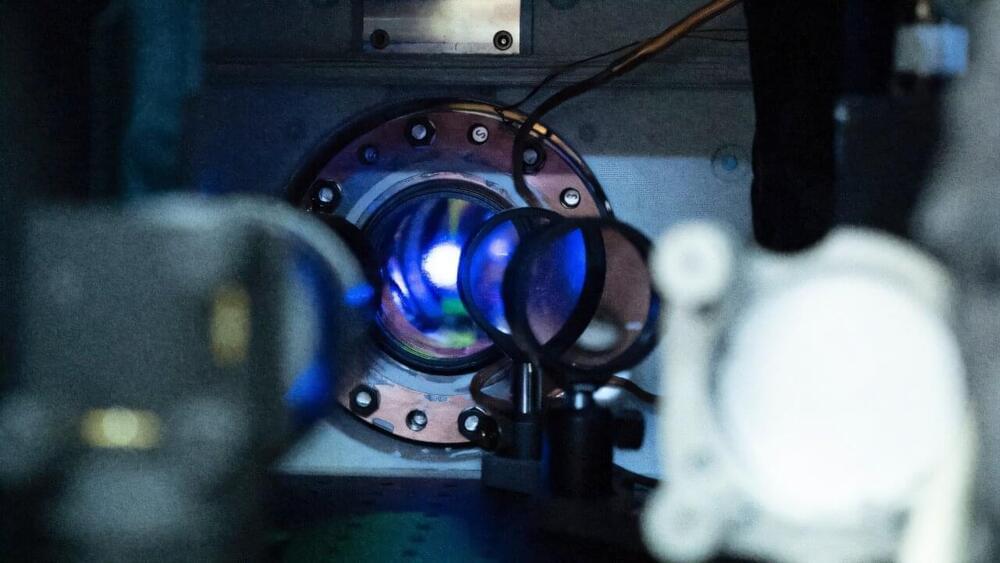
A top-secret lab in the UK is developing the country’s first quantum clock to help the British military boost intelligence and reconnaissance operations, the defense ministry said Thursday.
The clock is so precise that it will lose less than one second over billions of years, “allowing scientists to measure time at an unprecedented scale,” the ministry said in a statement.
“The trialing of this emerging, groundbreaking technology could not only strengthen our operational capability, but also drive progress in industry, bolster our science sector and support high-skilled jobs,” Minister for Defense Procurement Maria Eagle said.
For the first time, a framework shows Einstein’s relativity aligns with quantum physics.
Scientists have finally figured out a way to connect the dots between the macroscopic and the microscopic worlds. Their magical equation might provide us answers to questions like why black holes don’t collapse and how quantum gravity works.
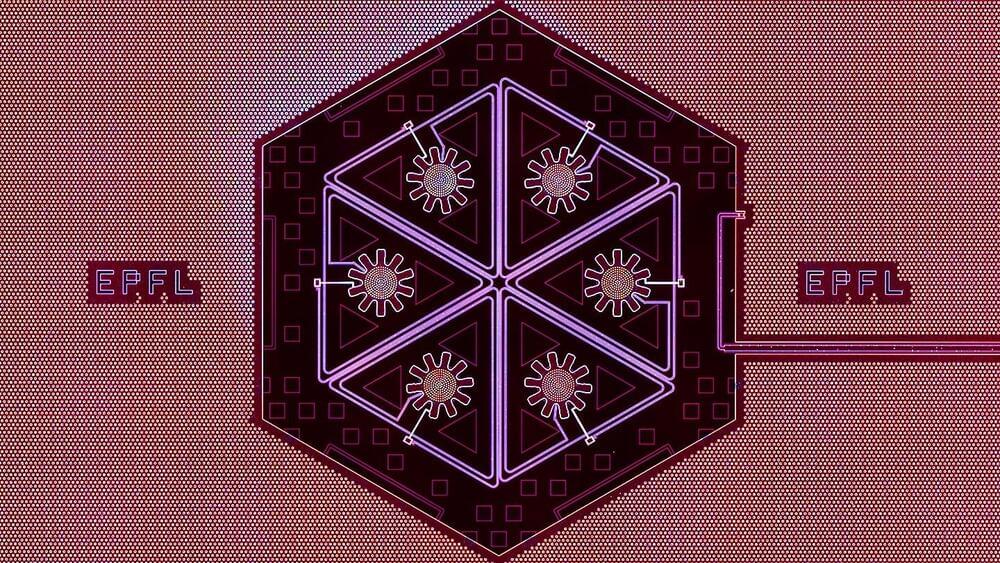
Scientists at EPFL achieved a breakthrough by synchronizing six mechanical oscillators into a collective quantum state, enabling observations of unique phenomena like quantum sideband asymmetry. This advance paves the way for innovations in quantum computing and sensing.
Quantum technologies are revolutionizing our understanding of the universe, and one promising area involves macroscopic mechanical oscillators. These devices, already integral to quartz watches, mobile phones, and telecommunications lasers, could play a transformative role in the quantum realm. At the quantum scale, macroscopic oscillators have the potential to enable ultra-sensitive sensors and advanced components for quantum computing, unlocking groundbreaking innovations across multiple industries.
Achieving control over mechanical oscillators at the quantum level is a critical step toward realizing these future technologies. However, managing them collectively poses significant challenges, as it demands nearly identical units with exceptional precision.